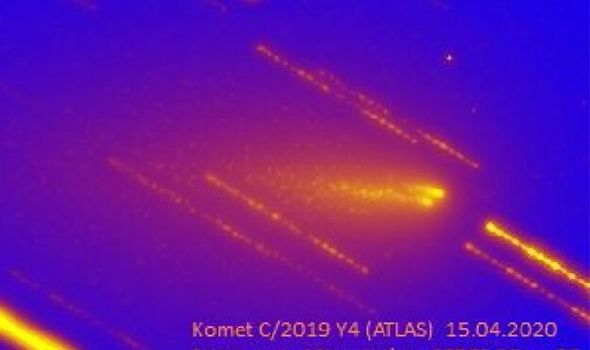The report states "
A prehistoric visitor The new comet appears to be traveling in a very elongated ellipse. For fun, I fed its orbital elements, which includes the eccentricity of its path around the sun, into an orbital simulator. My simulation suggests Comet SWAN is traveling around the sun in a period of about 25 million years. This means that the last time it swept through the inner solar system may have been during the Oligocene Epoch, when Paraceratherium, a genus of hornless rhinoceros and one of the largest terrestrial mammals, was walking the Earth."
A comet with possible orbital period of 25 million years that modern telescopes are seeing today since the days of Galileo, you cannot say if this comet completed multiple perihelion passages and survived an unknown mass loss rate too. This may be the comet's *first* perihelion




